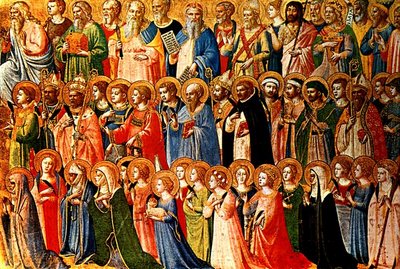1.3 Sacred oratory, a boom experienced in the 18th century

Oratory refers to those pieces of discourse whose purpose is to persuade an audience; as a literary genre, it focuses on the text, ignoring the vocal tone and gestures that accompany the delivery. The arrangement of the parts of speech and the choice of words are also associated with eloquence, the principles of which are embedded in rhetoric.
Sacred oratory, contained in ecclesiastical sermons, achieved a notable level of development in Cuba compared to other forms of worship of the period, due to the solid academic training the Church provided its orators. At the same time, this institution faithfully represented the interests of the Crown and the ideological construct aligned with them. Therefore, the persuasive intent that animated the sermons was not merely religious in nature, but also sought to consolidate Spanish domination and legitimize it from a spiritual perspective.
The genre had numerous cultivators, among them José Julián Parreño (1728 – 1785) and Francisco Xavier Conde y Oquendo (1733 – 1799), who introduced formal innovations in their sermons and, in the case of the latter, also followed theoretical channels, as can be seen in his “Discourse on Eloquence” in which he points towards a renewal of the canons of the genre, in line with the development it had experienced in Spain and other European countries. Even his work “Praise of Philip V, King of Spain” won second place in the first edition of the Royal Spanish Academy prize.
Another renowned orator was Rafael del Castillo y Sucre (1741–1783), who possessed a rigorous academic background and stood out in the intellectual circles of his time. His surviving works do not reach the aesthetic level of those known by Francisco Xavier Conde y Oquendo; however, they demonstrate a stylistic work that transcends the framework of the merely argumentative, as illustrated by this fragment of a speech given at a commemorative event for the first anniversary of the fall of Morro (Morro–Cabaña Monumental Highway, Havana) to the British army, in which he extols the image of Captain General Velazco:
“He moves, he commands, he shouts, he stuns the coward, he inflames the courageous, and he paces eternally here in my imagination. It presents to me the smallest details of his dress and his figure. At times the image of Velazco alive gladdens my soul, and the shadows of Velazco dead trouble it. In the rapid succession of my ideas, I faint and grow weary, and the very pallor of his countenance, the very lack of his blood, speaks to me through my mouth of his wounds, agitates my spirit, and brings solace to the marrow of my bones.”
Another figure who stood out in oratory was Father Montes de Oca, whose exact birth and death dates are unknown; the public nicknamed him “Golden Beak” for his eloquence. Worth mentioning is Juan Bautista Barea, who wrote more than a thousand sermons, most of which have been lost due to the lack of written records. His most notable work is “Funeral Oration at the Obsequies Held in Havana in Suffrage for the Soul of His Excellency Matías de Gálvez, Viceroy of Mexico, and as a Gift to His Son, the Count of Gálvez” from 1785.
In general, oratory is the literary genre that developed the most during the period investigated, both due to the proliferation of authors and the artistic quality of the works they offered to the public. This is also explained by the institutional and ideological support that its cultivators had, who, although in the plane of literary language they initiated a rupture movement that opened a space towards neoclassicism, in the political content they acclimatized to the interests of the dominant class.








